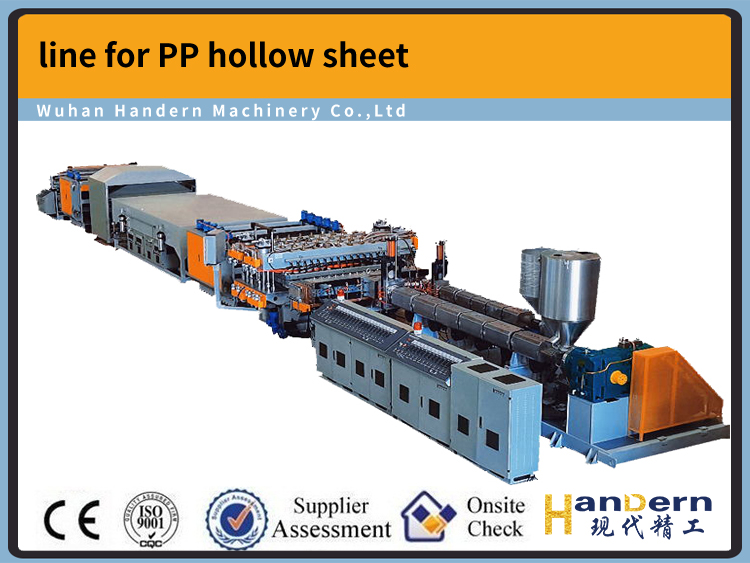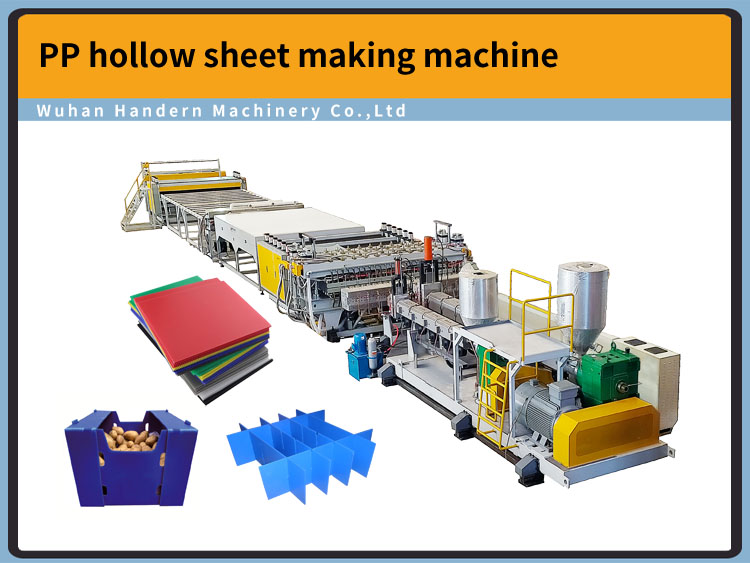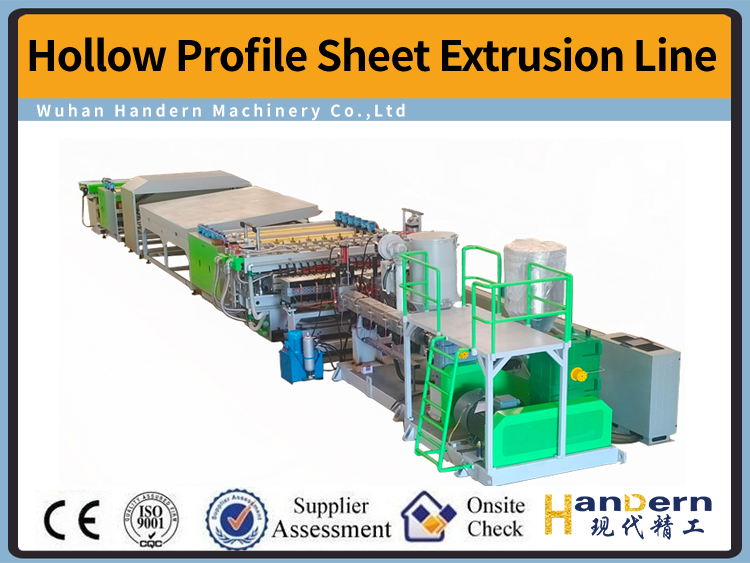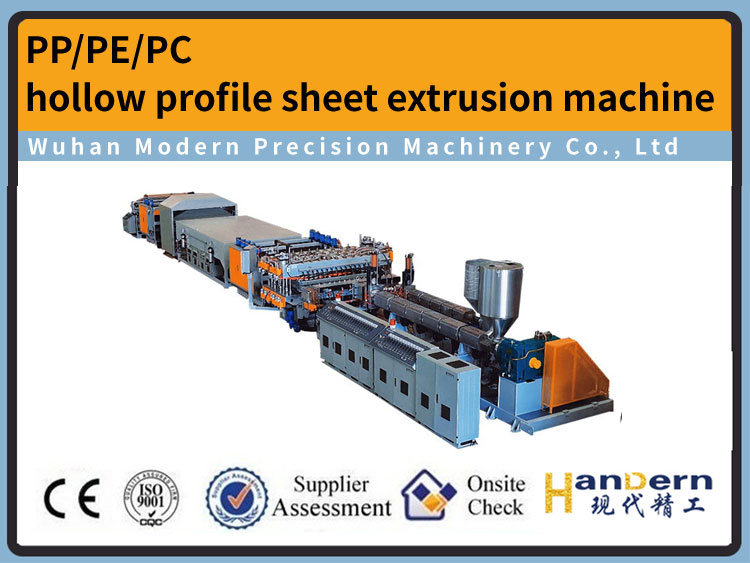What is the difference between laminated film and cast film
DATE:2024/10/15 12:03:55 / READ: / SOURCE:This station
Laminated film and cast film are two different thin film production techniques, each with its own characteristics in production process, performance, and application fields. Understanding these differences between them can help choose the appropriate production process to produce suitable films in specific scenarios.

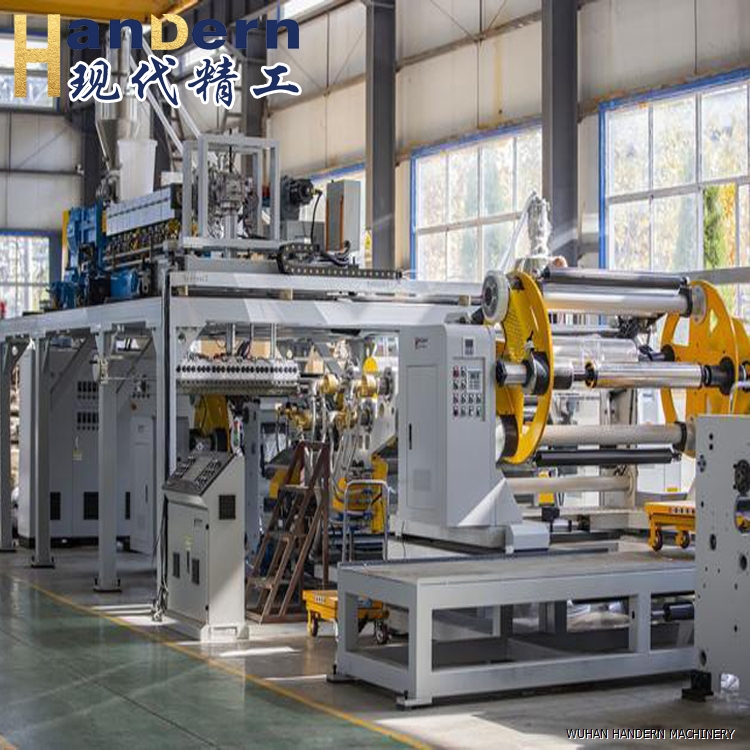
Coating: Coating is a process of coating a polymer solution or melt onto the surface of a substrate by spraying or coating to form a thin film. Usually, the laminating process involves passing a substrate (such as paper, fabric, plastic, etc.) through a laminating machine, and uniformly coating the melted plastic material on the surface of the substrate through a nozzle. After coating, the film will undergo cooling and curing treatment to form a thin film layer attached to the substrate.
Cast film: Cast film is manufactured through melt casting process, and its basic step is to melt the polymer material and directly cast it into a thin film through an extruder. During the casting process, the molten polymer flows through a flat mold to form a continuous thin film. In the process of film formation, it is usually rapidly cooled by a cooling roller to ensure the uniformity and physical properties of the film.
2. Performance characteristics
Coating: Coating film usually has good adhesion and can firmly adhere to the surface of the substrate, forming an integrated composite material. The breathability and waterproofness of this film can be adjusted according to the material and thickness of the film layer. There are various surface treatment processes for film coating, which can achieve multiple functions such as waterproofing, gas barrier, glossiness, etc. through different polymer materials.Cast film: Cast film has excellent transparency and uniformity, suitable for applications that require clear perspective and beautiful surfaces. In addition, the thickness specifications of the cast film can be very wide, which can be used to manufacture ultra-thin films and is suitable for some special applications. Cast film usually has good mechanical strength and toughness, and strong chemical corrosion resistance.
3. Application Fields
Coating: Coating is widely used in packaging materials, agricultural films, construction films and other fields. Due to its good adhesion and waterproof properties, film coating is commonly used in fields such as food packaging, pharmaceutical packaging, and waterproof materials. Especially in terms of moisture resistance and enhanced strength of paper-based materials, the coating performance is excellent.Cast film: Cast film is mainly used in industries such as electronic products, optical products, and building decoration. Due to its good transparency and mechanical strength, it is particularly suitable for making transparent films, optical films, and protective films. Cast film can be used for plastic film backplates, battery films, film optical materials, etc.
4. Price and Cost
In terms of production costs, the laminating process is relatively simple compared to the casting process, and the use of raw materials is more flexible, usually resulting in lower costs; The equipment for the casting film process is relatively complex, and the requirements for product consistency and high quality may lead to an increase in unit cost.Author:admin

